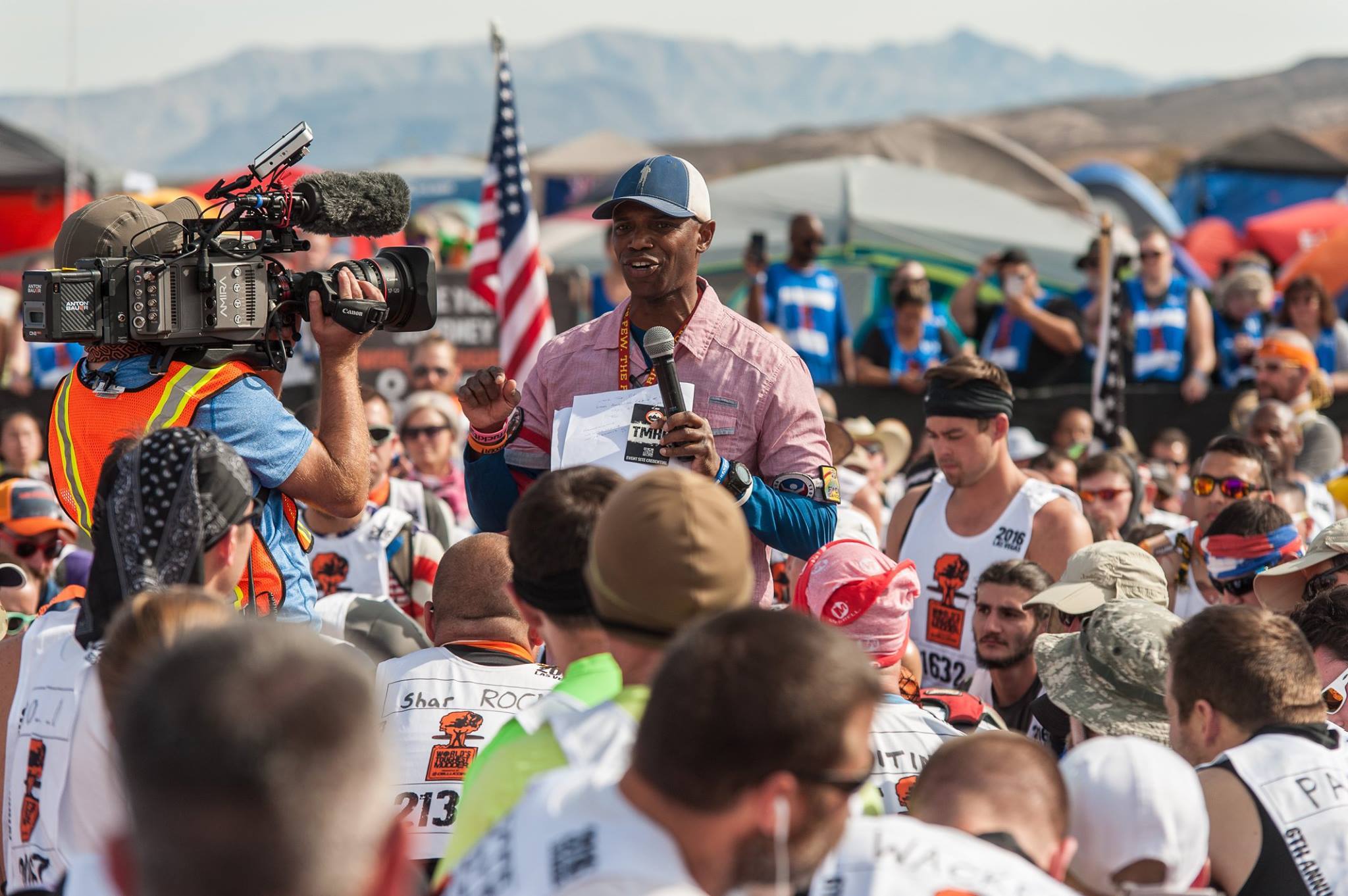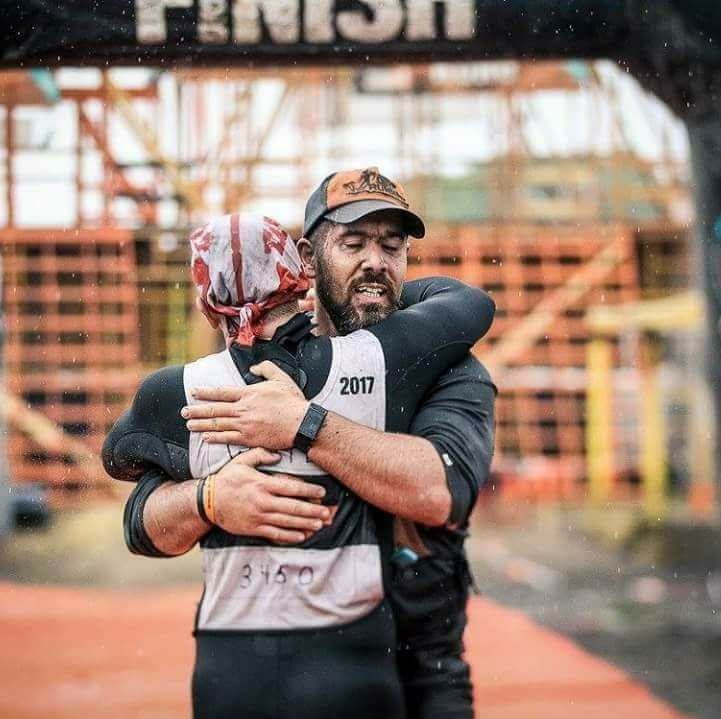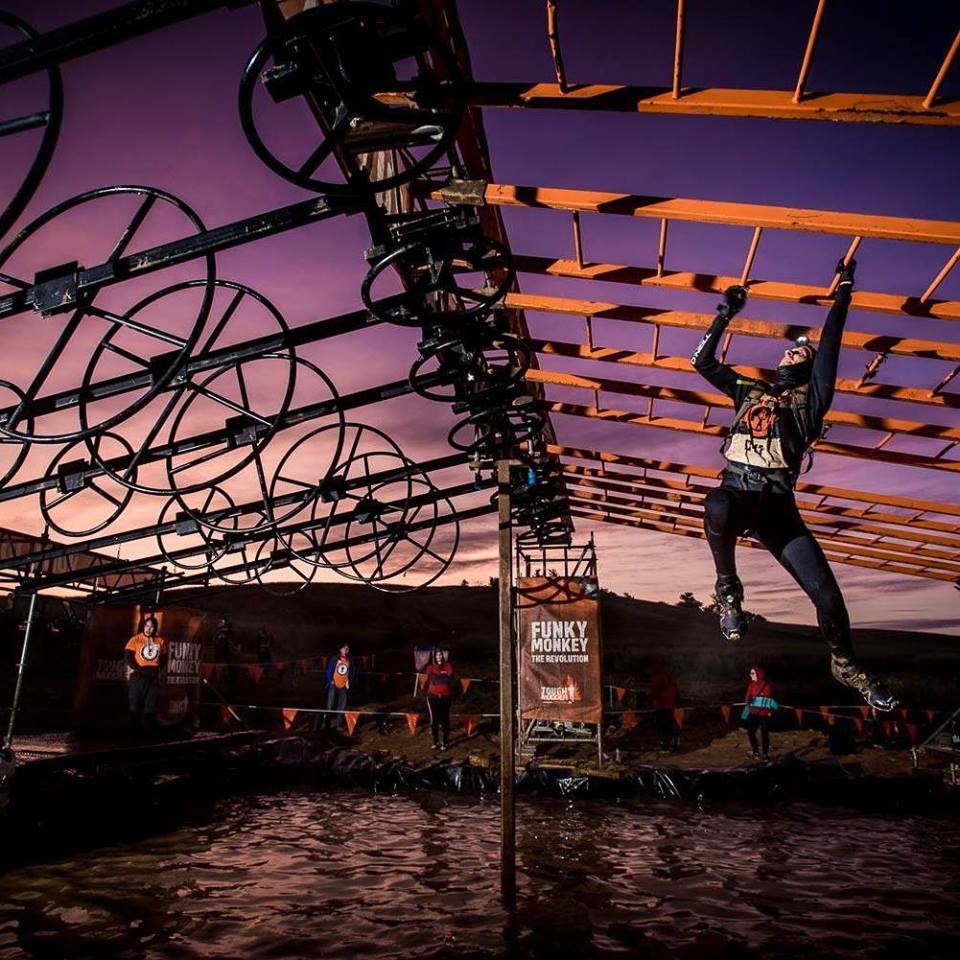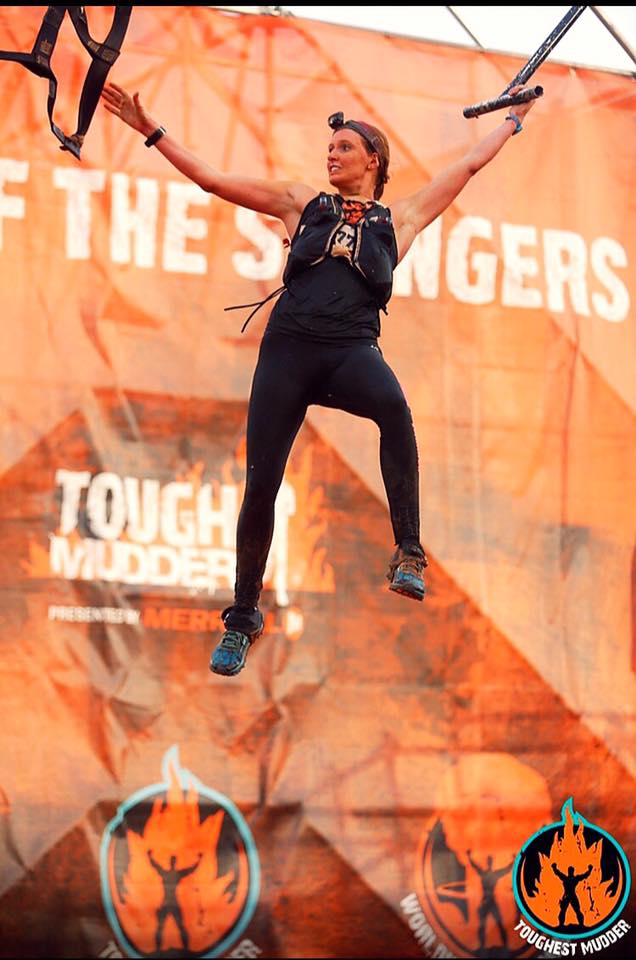Although this article stands on its own, it is part three in a series. If you want to go back and read parts one and two they are available here (Five Ways Toughest Mudder will Change World’s Toughest Mudder and Inflated Expectations). If not, you can still read below and get a lot of quality information; you just won’t have the data backing up why this makes sense. Enjoy!
When heading into World’s Toughest Mudder (WTM), I recommend setting tiered goals. Tiered goals provide a target to shoot for or safety nets to keep you going as the race drags on for 24 hours.
An example of tiered goals for an athlete that finished 50 miles last year at WTM, looks something like this:
-
Reach Goal: Finish 60 miles
-
Improvement Goal: Finish 50 miles but faster than last year’s 50 miles
-
Maintenance Goal: Earn a Brown Bib (50 miles)
-
Safety Net: Stay on the course all 24 hours moving forward
-
Emergency Goal: Stay on course and help X people over an obstacle
The first is your reach goal, which is something that is doable but may be above your current capability. If you ran 50 last year and your goal is 75, your reach goal is too high. That’s a 50% improvement and very unrealistic unless you have seriously stepped up your training like doing 50%+ the amount of exercise you did the previous year or if you dropped out mid-race last year. If you have never done a WTM but have done a Toughest, I would probably set my reach goal as something like twice my Toughest Mudder PR plus a lap or two.
The second is an improvement goal that shows you have progressed over the last year (although with the number of variables including weather, obstacles, etc., you may improve but still get lower mileage). If you have never done a WTM but have done a Toughest, I would probably set my Improvement goal as twice my Toughest Mudder PR. (see the previous article)
The third is a maintenance goal, so something that shows you still reached the same level as the year before. As your race starts to fall off its track, you need a goal you can lean on saying, well I missed goal 1 and goal 2, but I can still make goal 3.
The fourth is your safety net. When everything falls apart, and things are not going according to plan you need something to cling to move forward. The safety net ensures you don’t spend the year tagging all your posts as #redemption and talk to everyone about how this year is going to be different. For me, the safety net helps me look in the mirror and say I gave it my all out there but things just didn’t go well for me.
The fifth and final goal is your emergency goal. If everything has completely fallen apart, this is a good option. So you can’t move more than 100 feet without your legs cramping and completing another full lap is impossible. Maybe it is time to be the walking embodiment of Tough Mudder spirit. Head to an obstacle and helps others as long as you can, just make sure you leave enough in the tank to limp your way back to the pit area.
Ultra-OCR is largely mental. If you show up with a weak mind and an attitude of I’m hitting mileage X without a tiered goal system, when you miss that mark prepare for your mental game to digress very quickly. I’ve seen it from the top athletes all the way down to the beginners. Athletes in the top 5 of WTM halfway through the race suddenly quit. Set up a tiered goal system this year and ensure you hit at least one of your goals this year.






Leave A Comment